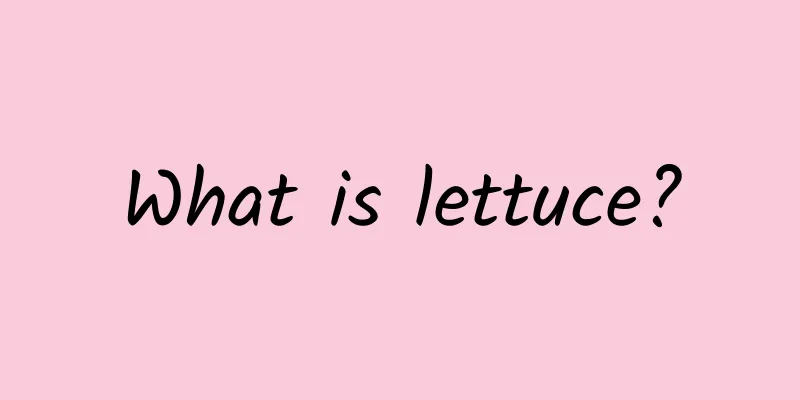The succulent plant Sedum can grow even in cracks in rocks and can survive temperatures as low as -20 degrees Celsius!

1.Overall IntroductionLet’s first appreciate the beauty of the genus Sedum. They are not only suitable for potted plants, but also for ground planting. In Europe and the United States, they survive in the cracks of rocks! Later, succulents became popular all over the world, and it also became popular. The first to enter the public's field of vision was the Alocasia odora, and later, because it was so easy to grow, many new varieties were discovered. It was also a huge "pitfall", and once you fall into it, you can't get out! When growing Sedum, you don’t have to worry about it freezing in the winter, getting hot in the summer, or even drought if you don’t water it for a month. It can be said to be the most rewarding succulent plant. How can you only raise one kind of succulent like this? You can’t miss it if you are a fan of different varieties! 2. Variety IntroductionAvalokitesvara: Also known as Buddha Lotus Seat, it comes in pure green or with a red tip. It is the most popular herb of immortality. Spider Silk: The most distinctive immortal grass has white hairs growing on the tips of its leaves. After growing it for a long time, the white hairs will entangle with each other, just like spider silk. Purple Peony: A more gorgeous and luxurious variety. The flowers of Sedum sedum are originally rosette-shaped, and the leaves of purple peony are a gradient of deep red, which is very attractive. Orange Ball: When the leaves are closed, they look like oranges, hence the name Orange Ball. It is a very lively variety and relatively novel. Mustang: A variety that looks relatively rough and is very fond of producing side buds. Tenderness: The color is a little whitish, and the tip of the leaves is deep red. It is an easily recognizable variety and looks very majestic. Elegant: They are very cute and fluffy, and are also a breed that loves to give birth to cubs. Ling Ying: It looks very similar to the Alocasia odora, but its color is cooler and it is much smaller, with a crown width of about 5 cm. Phoenix: This species is relatively rare. When there is sufficient sunlight, it can turn completely red, and its state resembles the feathers of a phoenix, which is very beautiful. Alchemist: Golden in color with a red tip. It is often used to make platters with other living herbs. Strawberry Cashmere: It normally looks like a furry ball, but after being exposed to the sun it will turn red, making it look more like a strawberry. A very flowering variety. Ice and Fire Hibiscus: The leaves are obviously shaped and are relatively fat. They will turn red if exposed to the sun normally, but will quickly fade to green if there is insufficient sunlight, hence the name Ice and Fire Hibiscus. Xing Yaxuan: The red color on the edge of the leaves looks like rose pink, and it is a very romantic variety. Chocolate: After it is grown, it looks like chocolate color, and it looks delicious~ Masala: A variety with a very special color. If it is not exposed to the sun, it is green. After being exposed to the sun, it turns into a tender red color, full of vitality. Sedum: It originally belonged to the genus Sedum, but was later listed as a separate genus Sedum. However, its growth habits are still similar to those of the genus Sedum. |
>>: Don’t put the long-lived Christmas cactus you bought here, or it may fall off and not bloom!
Recommend
How to grow large-leaf fiddle-leaf fig
1. Pot soil selection It is a large plant and tak...
How to maintain gold marbles
Golden marble growth conditions The suitable grow...
You should grow one of these “money flowers” no matter how expensive they are. Don’t wait until you go bankrupt to think about it!
Money tree, I wish you good fortune and prosperit...
Are the leaves of the pearl spider plant wilting? Pay attention to these four points and the leaves will be green and bright!
1. Water Although it is an alien species and its ...
Tips for making violets bloom all year round
How to make violets bloom in all seasons Choose d...
Can the Queen of Ruyi be grown hydroponically? Is hydroponics or soil cultivation better?
Can Ruyi Queen be hydroponically cultivated? Ruyi...
When is the best time to prune gardenias?
Gardenia Overview Gardenia prefers an environment...
Can the tower pine be planted at the doorstep?
Can the tower pine be planted at the doorstep? Th...
Poplar planting conditions and where to plant
Poplar planting conditions 1. Lighting conditions...
Can aloe vera be eaten? What are the functions of aloe vera?
1. Can I eat it? Aloe vera is edible, but not all...
How to grow and maintain potted Panax notoginseng
Potted cultivation method of Panax notoginseng 1....
What to do if scale insects grow on the lucky tree
1. Manual removal If you find that there are not ...
Breeding methods and precautions of Jade Kylin
1. Soil When breeding jade qilin, it is sufficien...
Does Cyclamen prefer shade or sun?
Does Cyclamen prefer shade or sun? Cyclamen, also...
How to grow Osaka pine
1. Lighting Osaka pine prefers sunlight, so it is...









